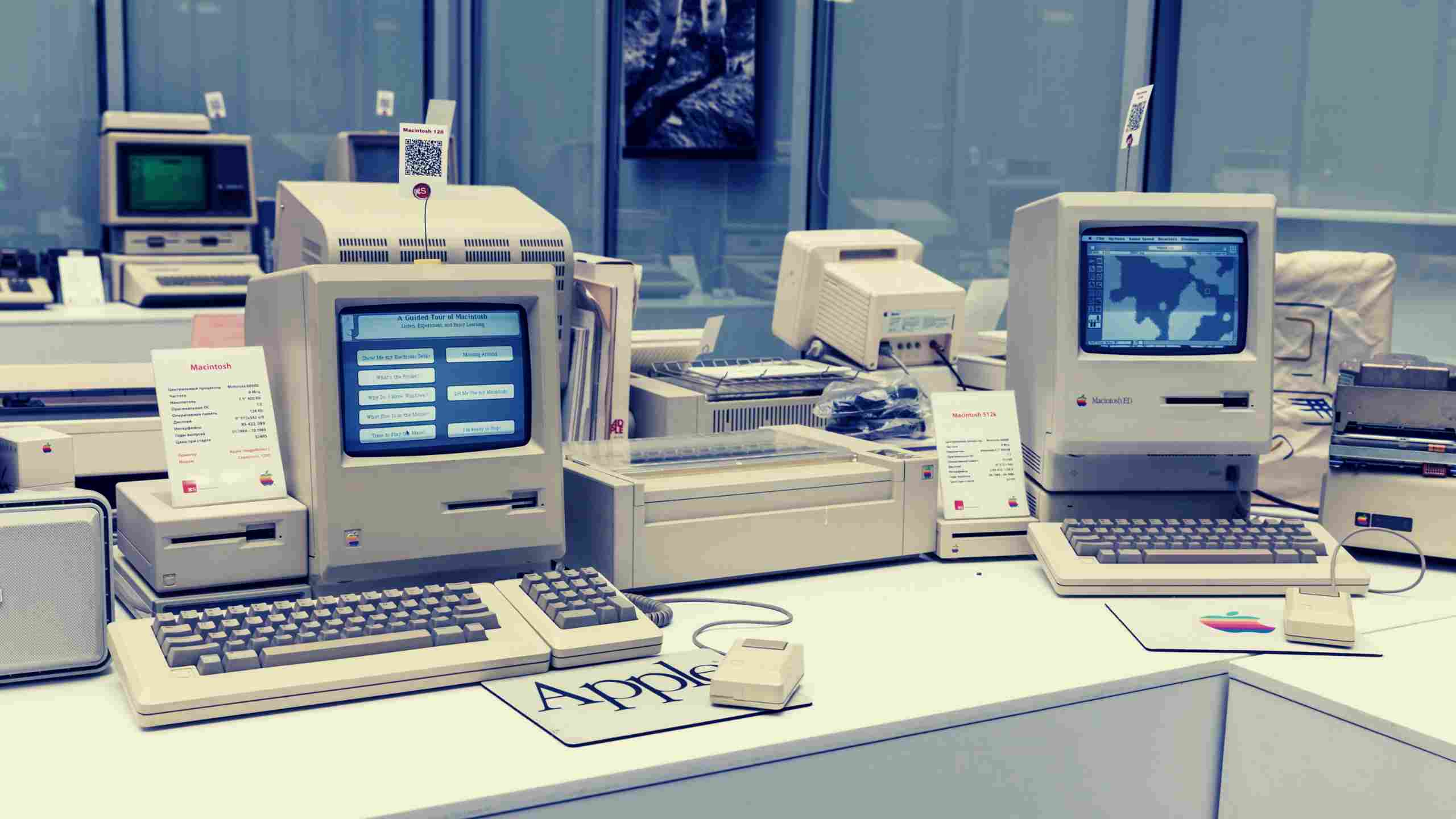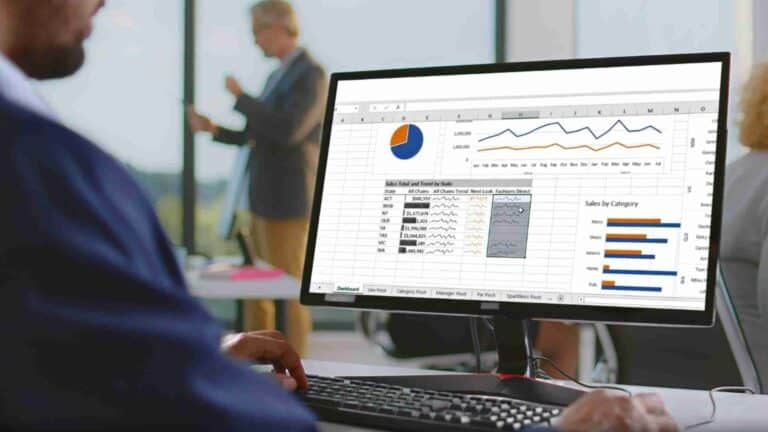I enjoy attending financial huddles led by CEOs and/or CFOs, where they share the company’s financials with the entire employee base.
During the Q&A session at one financial huddle, an employee asked the CEO, “When will we know when we have arrived?” Good question. At the time, this company had sales of about $45 million on a trailing twelve-month basis.
There was silence. Neither the CFO nor the CEO responded. After a slight delay, one of them commented they were thankful for where they are today with the need to keep moving forward. Nothing wrong with that answer.
I sensed the employee was looking for a certain top-line dollar response or the bottom line. But is that the right answer? I don’t have ‘the’ answer, but I do have a plausible response, and it’s based on a graph I’ll show you below.
This Graph Blows Me Away
As I read Todd Finkle’s book on Warren Buffett, I was taken aback when he showed a table of Apple’s after-tax profit margins. I immediately charted the numbers to confirm my first impression:
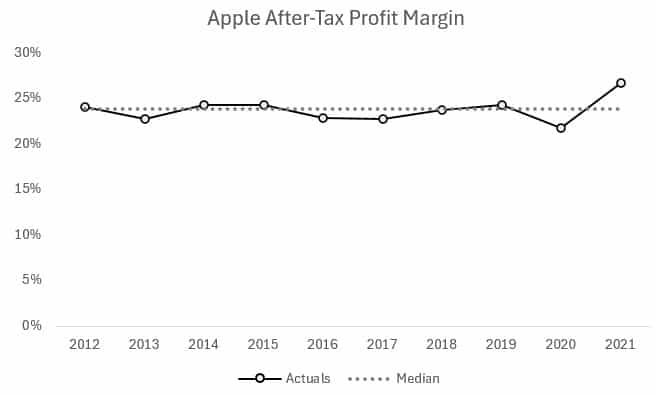
Yes, the profit margin is high. That’s as high as some of the gross margins of clients I serve regularly. Consistency is what I find impressive with this ten-year run. Even during the COVID drop, the profit margin returned to a ten-year high the following year.
Todd only had ten years of Apple history, so I went back a few more years to determine when this ascension started.
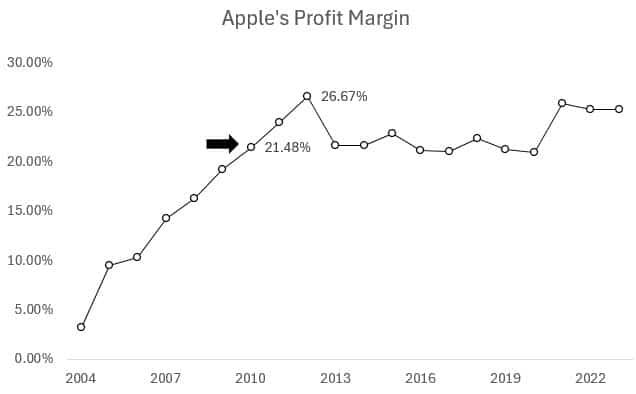
Again, this is impressive. Apple regained profitability in 2002, but the profit margin did not make large gains until the iPhone launch. Apple’s profit margin exceeded 20% for the first time in 2010 and has never fallen below that threshold since.
Apple’s Competitors Are Not Even Close
Finding similar business comparisons to Apple is difficult because they generate revenue from multiple sources, such as the iPad, Apple Watch, and Apple TV. However, I was still curious about their profit margins compared to Dell’s and HP’s.
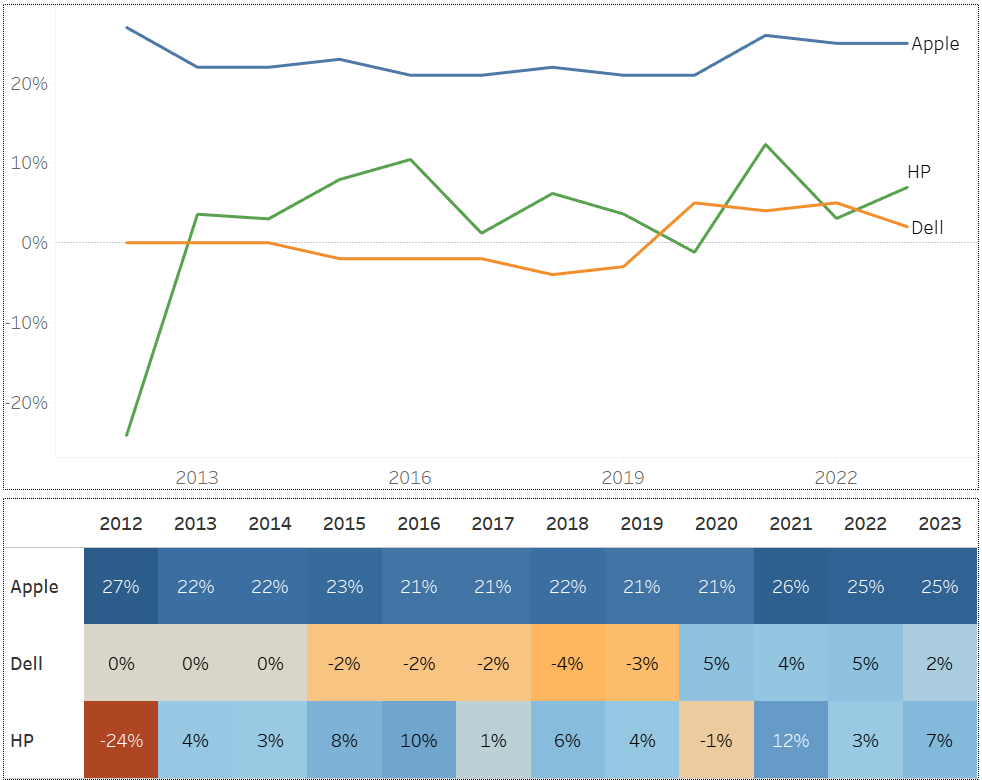
In short, Apple is blowing away the competition with its profit margins. And this leads to an important question. While I don’t expect your profit margins to be like Apple’s, can yours be as consistent as theirs over the next five to seven years? If not, why not?
Let’s Fix Those Margins
We’ve seen that Apple Computer’s profit margins have been consistent since 2010 due to their diverse revenue streams and the success of their flagship products like the iPhone. However, small business profit margins tend to fluctuate because of various factors, including market conditions, competition, and economic trends.
But that’s not the only reason. Management is challenged and perplexed, cannot find and employ key resources, and lacks Apple’s marketing capabilities. Despite these challenges, let’s wrap up with a homework assignment:
- Find an external resource to help you look at every product and service you sell and determine whether your pricing can improve. You are looking for a resource who is a pricing expert.
- If you are a B2B organization, determine what needs to be done to upgrade that team.
- Many business owners focus on costs, not cost structures. Find a lean and/or TOC expert to evaluate your cost and capacity structure. I guarantee there will be savings to be found along with faster throughput.
- If you are an inventory-centric business, find an expert to help you with SKU and product family analysis. If supply chain issues force you to stock longer lead times, determine through step 3 above if options exist.
- Apple has multiple revenue streams, and they keep introducing new products regularly. Keep seeking new revenue streams by listening to your customers. This one is hard, but be patient.
When I go through this process with small businesses, I first look at our highest profit margin years during the past five to ten years. That gives me a target to shoot for if margins have been declining.
Then, I ask the owners if raising the profit margins is feasible or wishful thinking. In B2B organizations, retaining good salespeople is usually the biggest hurdle. When we lose a strong sales rep, costs remain the same (they have to until we can replace that rep). Accordingly, profit margins fall.
In retail, maintaining historically high margins is difficult. But profit margin consistency is easier. Inconsistencies can occur because of stockouts or inflated inventories that increase interest expenses.
I could give other examples of margin issues, but you should get the idea. No business is the same. Focusing on profit margin consistency will yield positive results in the early going of this work.
In summary, while breaking profit margin goals is worth celebrating, perhaps it is time that we start focusing on consistency vs. scaling new heights.

